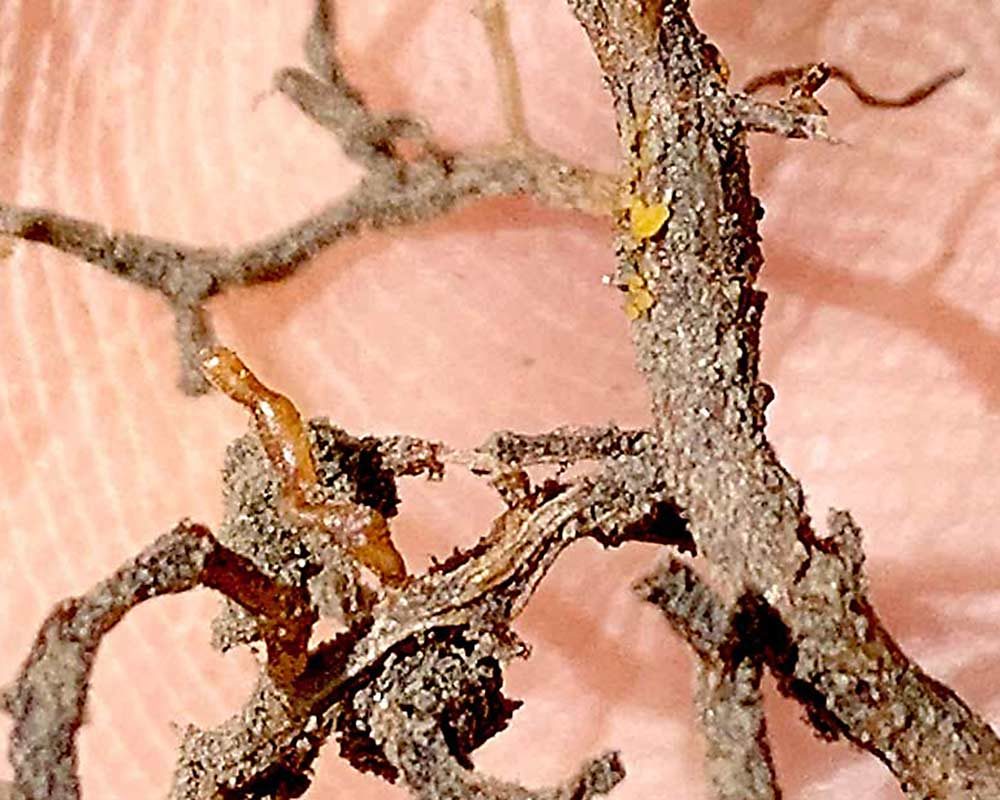
In response to the recent reports of phylloxera in the Walla Walla Valley, the Washington State Department of Agriculture and Washington State University plan to sample for the pest this fall.
The results should help guide the efforts to prevent spread of the pest, which feeds on the roots and reduces vine vigor and performance.
They are seeking volunteers to participate in the sampling, said Cindy Cooper, the WSDA plant services program manager, from the major grape growing regions in Eastern Washington.
According to the information shared by WSDA, vineyard owners who participate can expect to have a root sample taken from the first foot or two of soil, which does not cause serious harm to the vine. The samples will be tested at the WSDA laboratory in Olympia and growers will be notified of the results.
“I’m hopeful we can find out where it is and we and WSU can help those vineyards establish best management practices to prevent spread,” Cooper said, adding that the goal is to work collaboratively to protect the state’s wine industry. “When a quarantine pest is found, WSDA will require the owner of the land or the vineyardist to apply best management practices as recommended by WSU.”
Email WSDA entomologist Katie Buckley at kbuckley@agr.wa.gov if you are interested in participating, including your name, number, and vineyard address. Specific areas of low vigor or suspected phylloxera can be specified with a map or GPS coordinates.
The Washington State Grape Pest Quarantine does not prevent the movement of grapes, but if phylloxera is found in a vineyard, propagative material such as live plants or cuttings cannot be moved.
—by Kate Prengaman






Leave A Comment